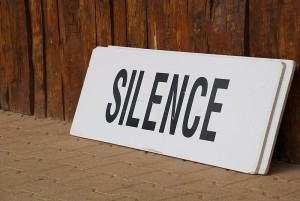The Court of Appeal of California has held that defendant website operator – who posted arrestees’ mugshots and names, and generated revenue from advertisements using arrestees’ names and by accepting money to take the photos down – was not entitled to have the lawsuit against it dismissed. Defendant’s profiting from the photos and their takedown was not in connection with an issue of public interest, and therefore did not entitle defendant to the relief afforded by an anti-SLAPP motion.
Plaintiff filed a class action lawsuit against defendant website operator, arguing that the website’s practice of accepting money to take down mugshots it posted violated California laws against misappropriation of likeness, and constituted unfair and unlawful business practices.
Defendant moved to dismiss, arguing plaintiff’s claims comprised a “strategic lawsuit against public participation” (or “SLAPP”). California has an anti-SLAPP statute that allows defendants to move to strike any cause of action “arising from any act of that person in furtherance of the person’s right of petition or free speech under the United States Constitution or the California Constitution in connection with a public issue …, unless the court determines that the plaintiff has established that there is a probability that the plaintiff will prevail on the claim.”
The court held that the posting of mugshots was in furtherance of defendant’s free speech rights and was in connection with a public issue. But the actual complained-of conduct – the generating of revenue through advertisements, and from fees generated for taking the photos down – was not protected activity under the anti-SLAPP statute.
Because the claims did not arise from the part of defendant’s conduct that would be considered “protected activity” under the anti-SLAPP statute, but instead arose from other, non-protected activity (making money off of people’s names and photos), the anti-SLAPP statute did not protect defendant. Unless the parties settle, the case will proceed.
Rogers v. Justmugshots.Com, Corp., 2015 WL 5838403, (Not Reported in Cal.Rptr.3d) (October 7, 2015)
Evan Brown is an attorney in Chicago helping clients manage issues involving technology and new media.




